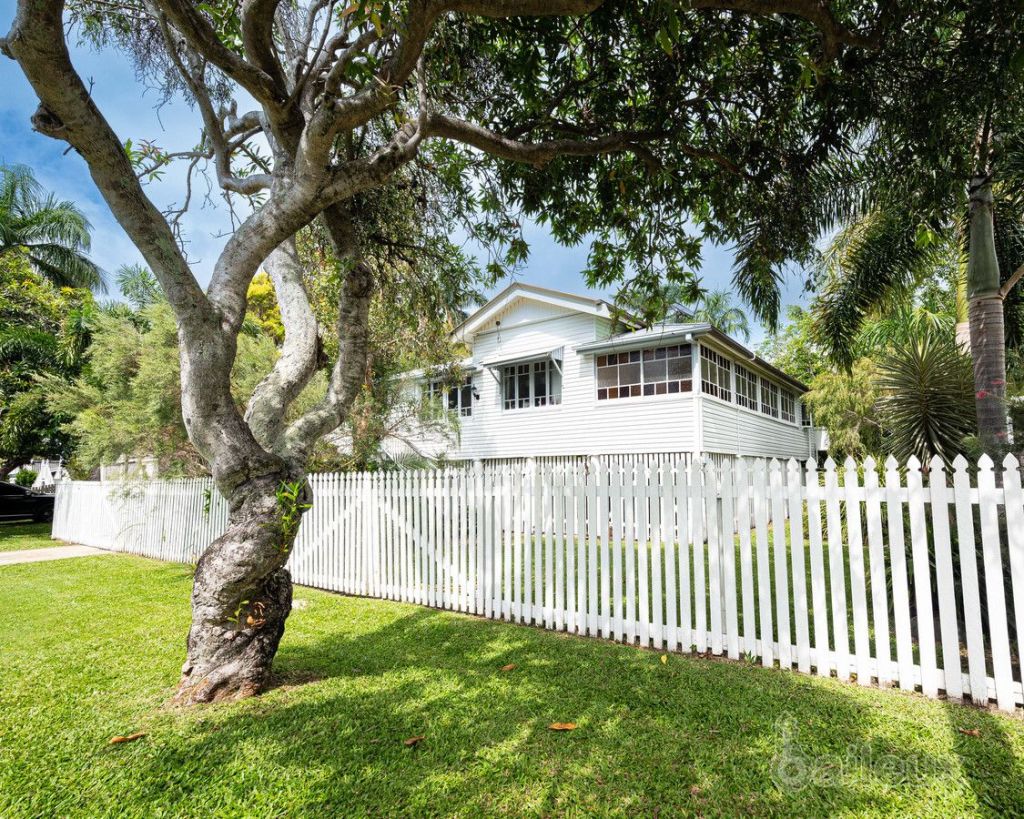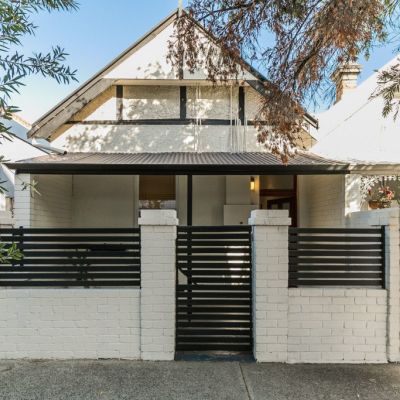The ultimate guide to rentvesting: live where you want, invest where you can afford

A phenomenon in Australian real estate is changing how we think about owning a home. It’s called “rentvesting” and it’s appealing to those who want to own property while keeping their lifestyle intact.
With rising inner-city housing prices, rentvesting is becoming a path to financial independence. It lets you live where you want and invest wisely. This trend is quickly gaining popularity, offering an entry into the real estate market without compromising your lifestyle.
Discover more about rentvesting, the pros and cons, and whether rentvesting is right for you.
What is rentvesting?
Rentvesting is a term coined to describe the practice of purchasing a rental property as an investment while renting a different property to live in. The primary goal of rentvesting is to prioritise lifestyle and location without compromising the potential for wealth creation through property investment.
This approach allows individuals to break free from the traditional belief that you must own your home to achieve financial success.
Rentvesting strategy: A success story
Trevor Sanderson lives in Manly on Sydney’s northern beaches in an apartment overlooking Queenscliff Beach. He loves it.
“I could cast a line into the ocean from my balcony,” he says. “I surf, so I like to be close to the ocean. I’ve been in the property for close to two years and I don’t see myself leaving any time soon.”
An apartment in his building recently sold for $4.5 million, a figure Sanderson says he “would never be able to afford”.
What he can afford is the weekly rent of $1050, and an investment property.
With guidance from Wade Curtis, chief executive of property investment advisory firm Curtis Property Group, Sanderson spent $570,000 last year on a positively geared, dual-key apartment in south-east Queensland.

“Essentially my strategy is to rent where I want to live but can’t necessarily afford to buy, and to build up a property portfolio by purchasing properties where I can afford them,” he says.
Sanderson has joined a growing number of rentvestors: people who purchase a rental property as an investment while renting another property in which to live.
Curtis believes rentvesting is going to become more prevalent among Australians looking to achieve home ownership now that house prices across the country have seen significant capital growth.
“I would say, going forward, 30 per cent to 40 per cent of clients will be looking to rentvest as opposed to home ownership as a first step,” he says. “Rather than delay wealth creation for years, they rent for lifestyle and invest in a cheaper property elsewhere.”
The pros and cons of rentvesting
The pros of rentvesting
Lifestyle prioritisation: Rentvesting allows individuals to put their lifestyle first when deciding where to live. They can choose areas close to amenities like beaches, cafes, parks, workplaces, or family and friends, enabling them to enjoy the benefits of a city lifestyle.
Financial accessibility: In regions with unaffordable property prices, rentvesting offers a practical solution. It empowers individuals to invest in locations with strong growth potential and better affordability, making property ownership more attainable.
Tax savings: Expenses incurred while living in one’s own home are typically not tax-deductible. However, holding an investment property offers various opportunities for tax deductions, including depreciation, renovation costs, mortgage interest, and more. Leveraging these deductions can lead to substantial overall savings and reduce your tax liability.
As Julian Muldoon, a director at 1Group Property Advisory, highlights, “It opens up the whole of Australia as a market because you don’t need to buy a property where you want to live. Instead, you’re buying for affordability, rental returns, and strong capital growth.”
Flexibility: Renters who opt for rentvesting gain greater flexibility when it comes to job opportunities and moving to new areas. They aren’t tied to a property they own, which might need to be rented or sold when relocating, providing them with mobility and freedom. This approach may also help you get on the property ladder sooner.
Contribution to mortgage repayments: Rentvesting serves as a means to secure a home for the future. Tenants who engage in rentvesting contribute to paying down the mortgage, potentially easing the transition to becoming owner-occupiers in the long term.

The cons of rentvesting
Foregoing government grants: First home buyers who engage in rentvesting may have to forgo government grants, which are often targeted at owner-occupiers and come with residency requirements. In some states, handouts for first-home buyers can add up to $50,000, so it’s worth noting what’s on offer when the numbers are being crunched.
Lack of tenant control: Tenants who embrace rentvesting have limited control over the rental property. They cannot personalise the property to their liking, and landlords have the authority to increase rent, renovate, or sell. This lack of control can be a drawback, especially for those who desire more freedom in managing their living space.
Tax considerations: Another important consideration when rentvesting is the tax implication. The sale of an investment property is typically subject to capital gains tax, whereas owner-occupiers can enjoy tax-free capital gains on their primary residence. This tax implication is an important factor to consider for long-term financial planning.
Long-term commitment: Rentvesting should be viewed as a long-term strategy. Those expecting short-term gains may overlook additional costs like stamp duty, agent’s fees, and capital gains tax.
As Muldoon points out, “It’s a trap to think, ‘We’ll rentvest for five years then cash out and buy the family home.’ People expecting short-term wins are not taking into consideration costs like stamp duty, agent’s fees, and capital gains tax.”
Is rentvesting right for you and how does it compare to buying to live?
Deciding between rentvesting and traditional home buying is a significant financial choice, but it’s not one-size-fits-all.
Your decision should align with your financial goals, lifestyle preferences, and risk tolerance. Here are some factors to consider:
Financial goals
Your long-term financial objectives play a significant role in determining the right approach. Rentvesting can be an effective strategy for building wealth through property investment while enjoying your desired lifestyle.
Muldoon emphasises that rentvesting can be particularly advantageous in CBDs like Melbourne where rents are affordable.
“If you’re busy and time-poor and you want to live in the city, you may decide to rent an apartment but invest in a thriving area like Geelong,” he says. “You can be around Melbourne’s buzz and excitement but invest somewhere with more land content, better growth drivers, and fewer supply issues.”

Lifestyle prioritisation
Consider your lifestyle priorities. Rentvesting is particularly advantageous for individuals who value specific locations, amenities, or convenience. It allows you to live where you want while simultaneously investing where it makes the most financial sense.
Renters also have more flexibility when it comes to country-wide opportunities for jobs or a fresh start in a new area.
Wade Curtis explains, “We’ve got a lot of clients that shift around Australia with their jobs. Rentvesting means they’re not tied to their own home that they then have to rent out or sell to go to the next place.”
Property market conditions
Analyse the property market conditions in your desired location. If property prices are prohibitively high for owner-occupiers, rentvesting could offer a more accessible option for property investment. This strategy leverages more affordable markets for investment purposes, making it a viable approach to get into the property market.
Risk tolerance
Assess your risk tolerance. Like any investment, there are inherent risks in property ownership, such as market fluctuations and property management challenges.
Understanding your risk threshold is crucial when considering rentvesting as an investment approach. It’s essential to weigh these factors and calculate your potential rental income and cash flow.
Focused investing
Ideally, an investor should buy with their head, not their heart. As Muldoon puts it, property fundamentals need to rule over emotions. Removing lifestyle needs from the equation opens many more doors for investors.
“It opens up the whole of Australia as a market because you don’t need to buy a property where you want to live,” Curtis says. “Instead, you’re buying for affordability, rental returns, and strong capital growth.”
Muldoon says it’s essential that buyers do their homework to unearth the highest-growth areas they can afford.
Those who are time-poor could consider using a buyer’s advocate or property advisor who will do the hard work on their behalf.
Could rentvesting be right for you?
Ultimately, rentvesting represents an increasingly popular and innovative approach to property ownership that enables individuals to balance their lifestyle preferences with their investment goals. This strategy offers financial advantages and flexibility but also carries specific limitations.
The decision to adopt rentvesting or opt for traditional home buying hinges on your financial objectives, lifestyle priorities, and risk tolerance.
It’s a significant financial choice that demands thoughtful consideration, ultimately guiding you towards the path that best suits your individual needs and aspirations in the Australian real estate landscape.
We recommend
We thought you might like
States
Capital Cities
Capital Cities - Rentals
Popular Areas
Allhomes
More









